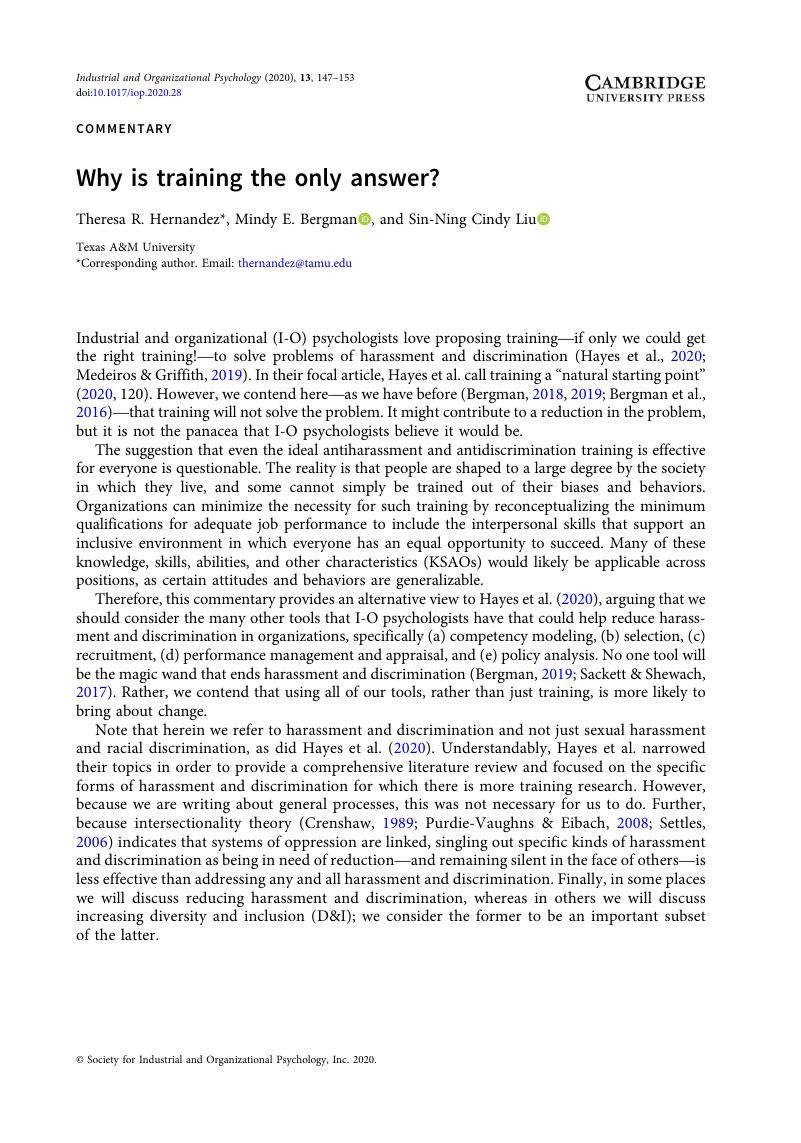Crossref Citations
This article has been cited by the following publications. This list is generated based on data provided by Crossref.
Smith, Iain A.
and
Griffiths, Amanda
2022.
Microaggressions, Everyday Discrimination, Workplace Incivilities, and Other Subtle Slights at Work: A Meta-Synthesis.
Human Resource Development Review,
Vol. 21,
Issue. 3,
p.
275.



